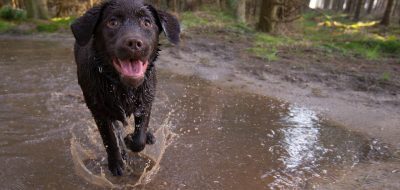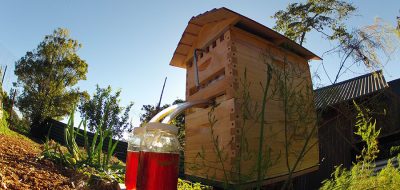A study cited in the New York Times found that “one in 20 reported motor vehicle collisions is animal-raelated, and the numbers peak in autumn.” The incidents resulted in 26,000 injuries and 200 human deaths, according to the study. In addition, collisions with deer cost more than $8.3 billion per year, including vehicle repair, medical services, and towing, among others.
The article also points out that most reported animal related accidents are collisions with large mammals and that the “toll on smaller creatures like squirrels, salamanders and birds goes largely uncounted, but a recent study estimated that as many as 340 million birds are killed by vehicles annually. For 21 species listed by federal authorities as threatened or endangered — including the Canada lynx, the red wolf, the Florida panther, the crested caracara and Florida scrub-jay — road death is a major threat to survival.”
Though most wildlife authorities conclude that reducing such animal/vehicle accidents could be prevented by installing safe corridors over or under roads that lie across migration routes, these solutions are expensive. Though a study shows that the cost can be recouped in about 12 years the original funding can be problematic.
It seems also that changing animal behavior (teaching them to use tunnels and bridges) is more effective that altering human behavior to take steps to avoid such accidents. But as RVers, we likely already take some steps toward improved animal safety. For instance, since most animal/vehicle accidents happen on “two-lane highways that have relatively low traffic volumes (fewer than 5,000 vehicles per day),” because of the size of RVs, we will be driving slower and giving animals more time to react to our presence.
The article also states that “With greater awareness, motorists can adapt their driving. Research shows that drivers who anticipate danger can halve their reaction time and cut the risk of collision.” So if you are environmentally conscious and enjoy watching wildlife, it would be to everyone’s advantage – especially wildlife – to take extra precautions when driving in areas where wildlife may be present.
These precautions would include driving slower (especially at dawn and dusk when animals are most active), being extra alert for animals on the sides of roads, slowing down even more if an animal crosses your path (more may follow), paying attention to wildlife warning signs, avoid driving in wildlife areas at dawn and dusk when possible, and supporting funding for wildlife corridors, bridges, tunnels, warning lights when animals are present, etc. Read the entire NYTimes article here.
For more RVing articles and tips take a look at my Healthy RV Lifestyle website, where you will also find my ebooks: BOONDOCKING: Finding the Perfect Campsite on America’s Public Lands (PDF or Kindle), 111 Ways to Get the Biggest Bang for your RV Lifestyle Buck and Snowbird Guide to Boondocking in the Southwestern Deserts, and my newest, The RV Lifestyle: Reflections of Life on the Road (PDF or Kindle reader version). NOTE: Use the Kindle version to read on iPad and iPhone or any device that has the free Kindle reader app.






